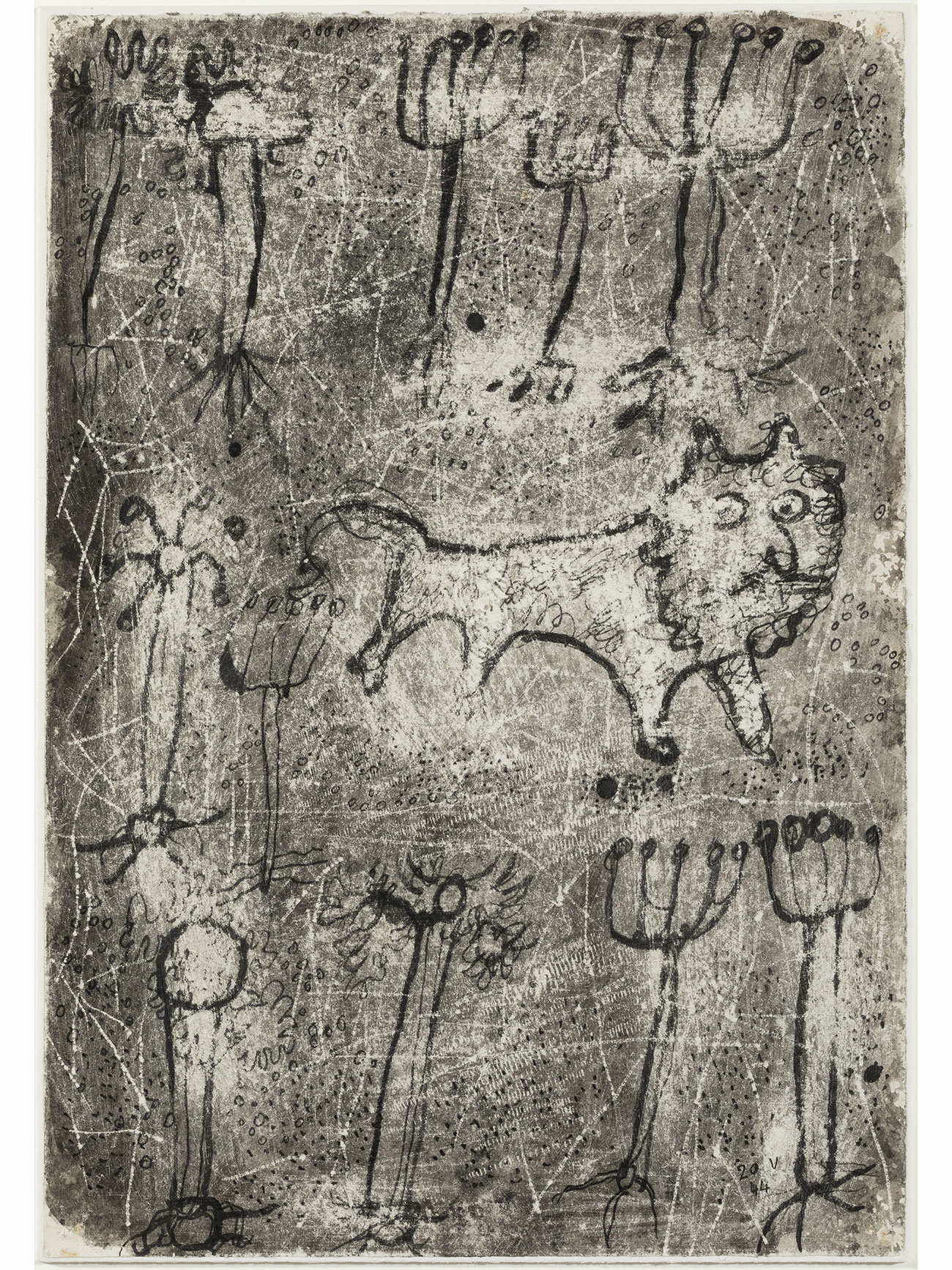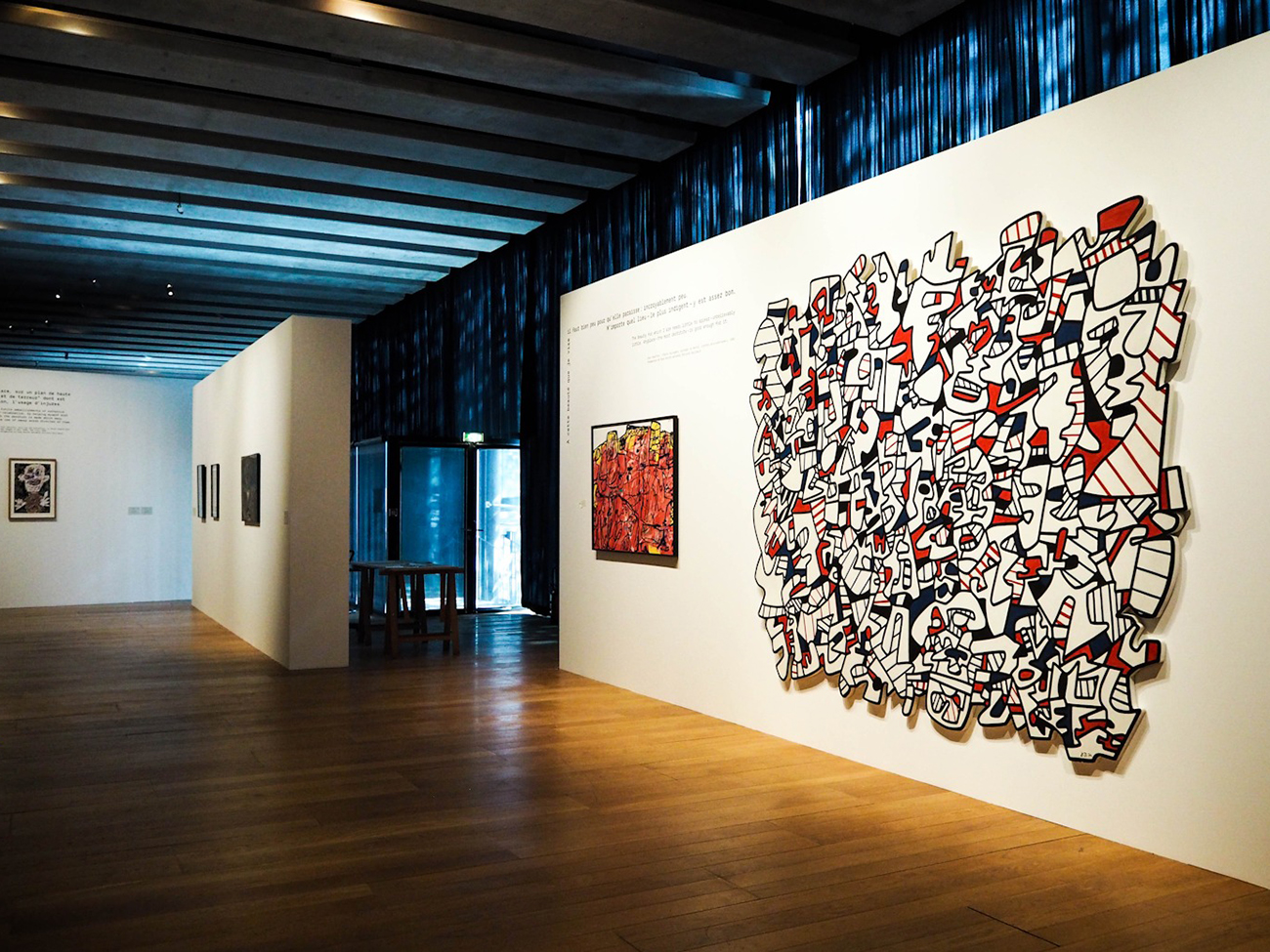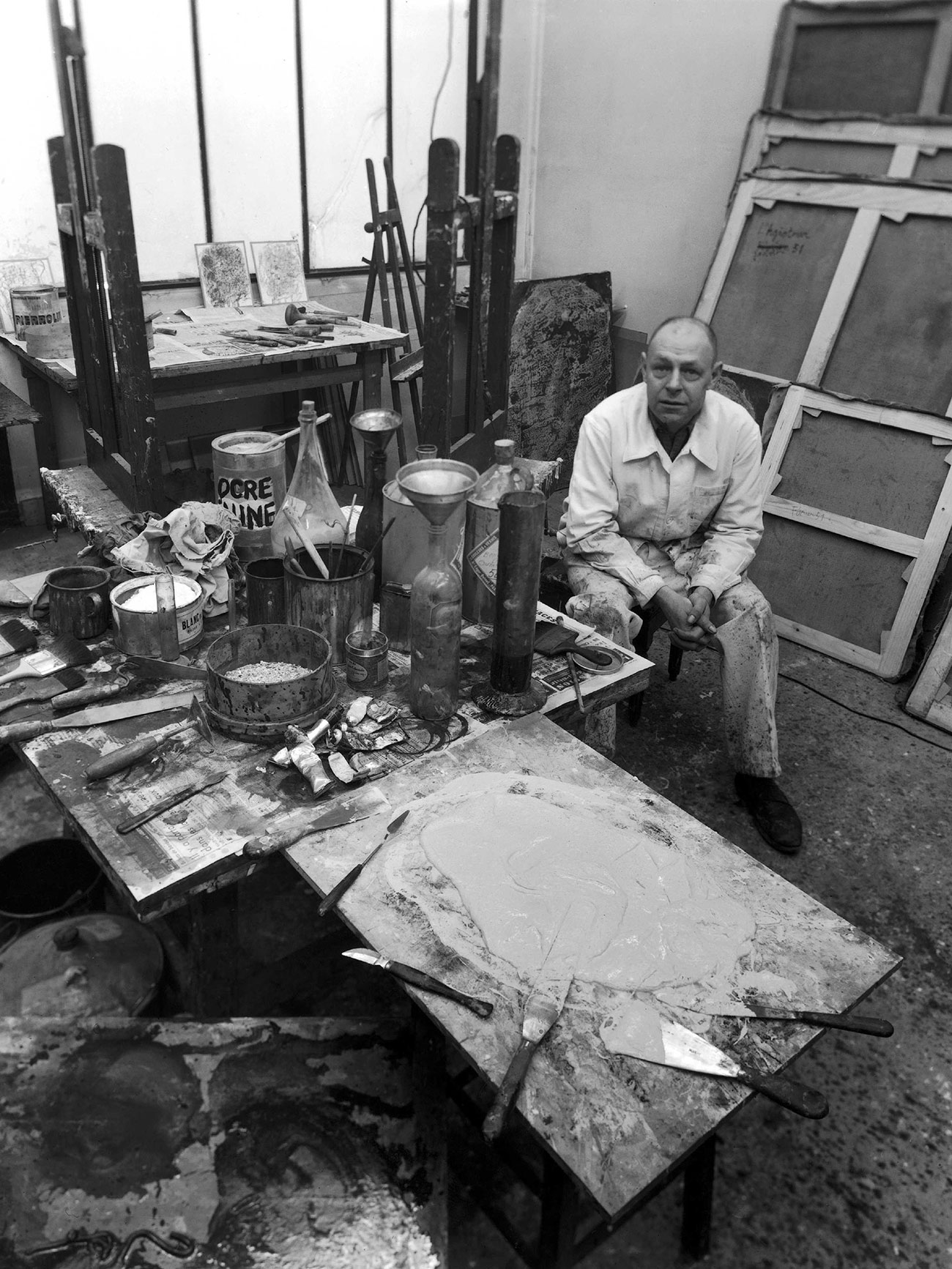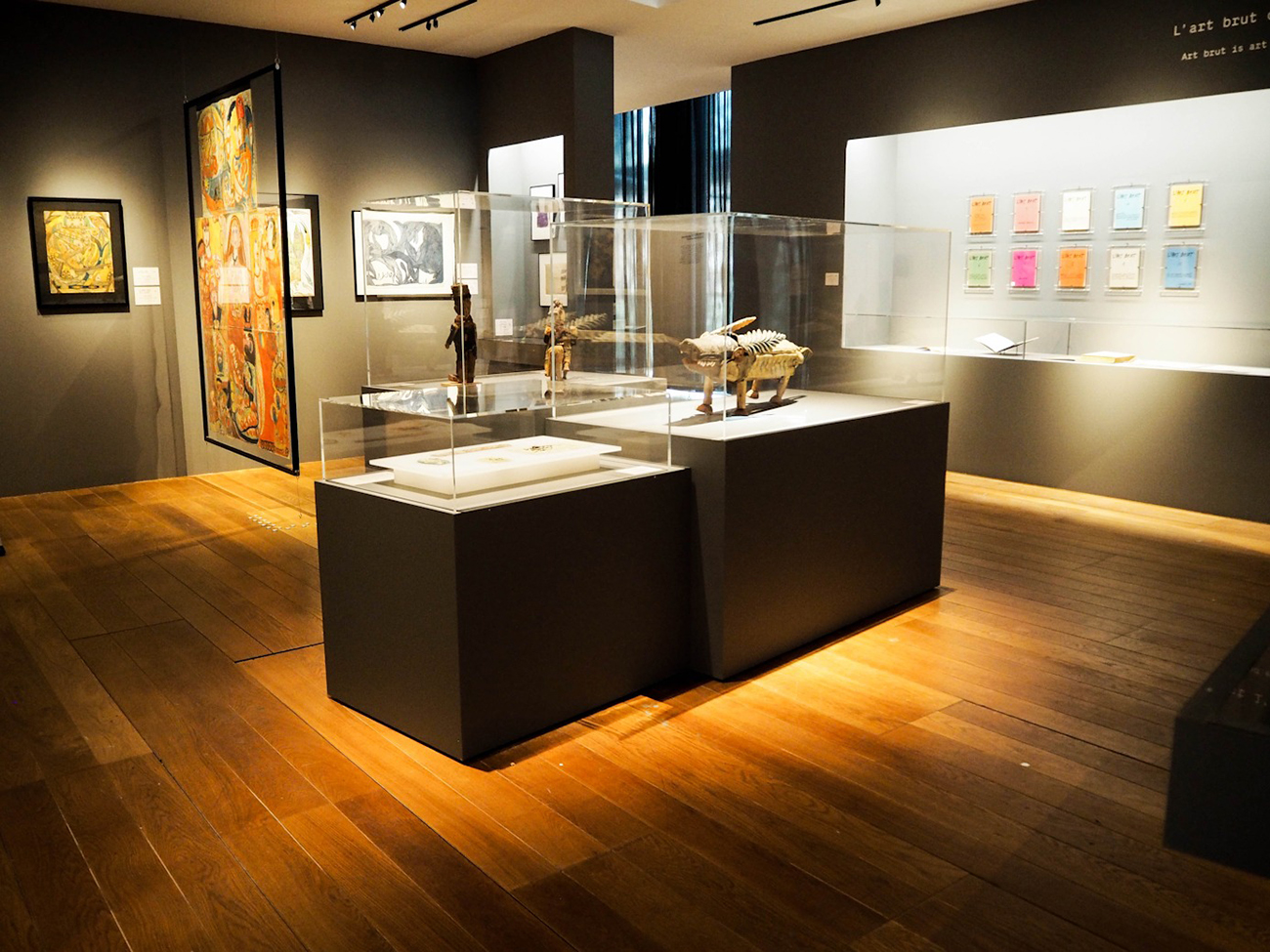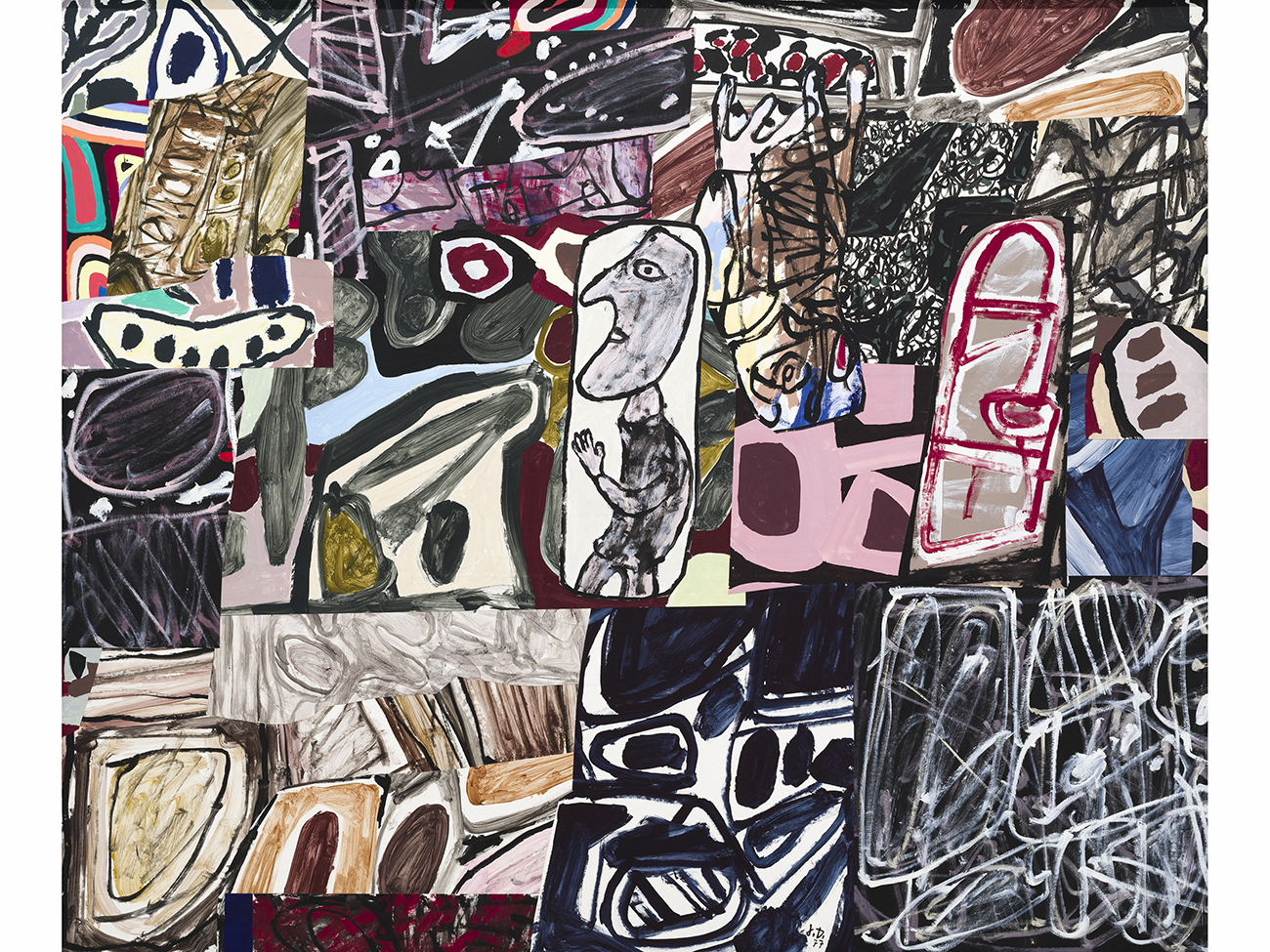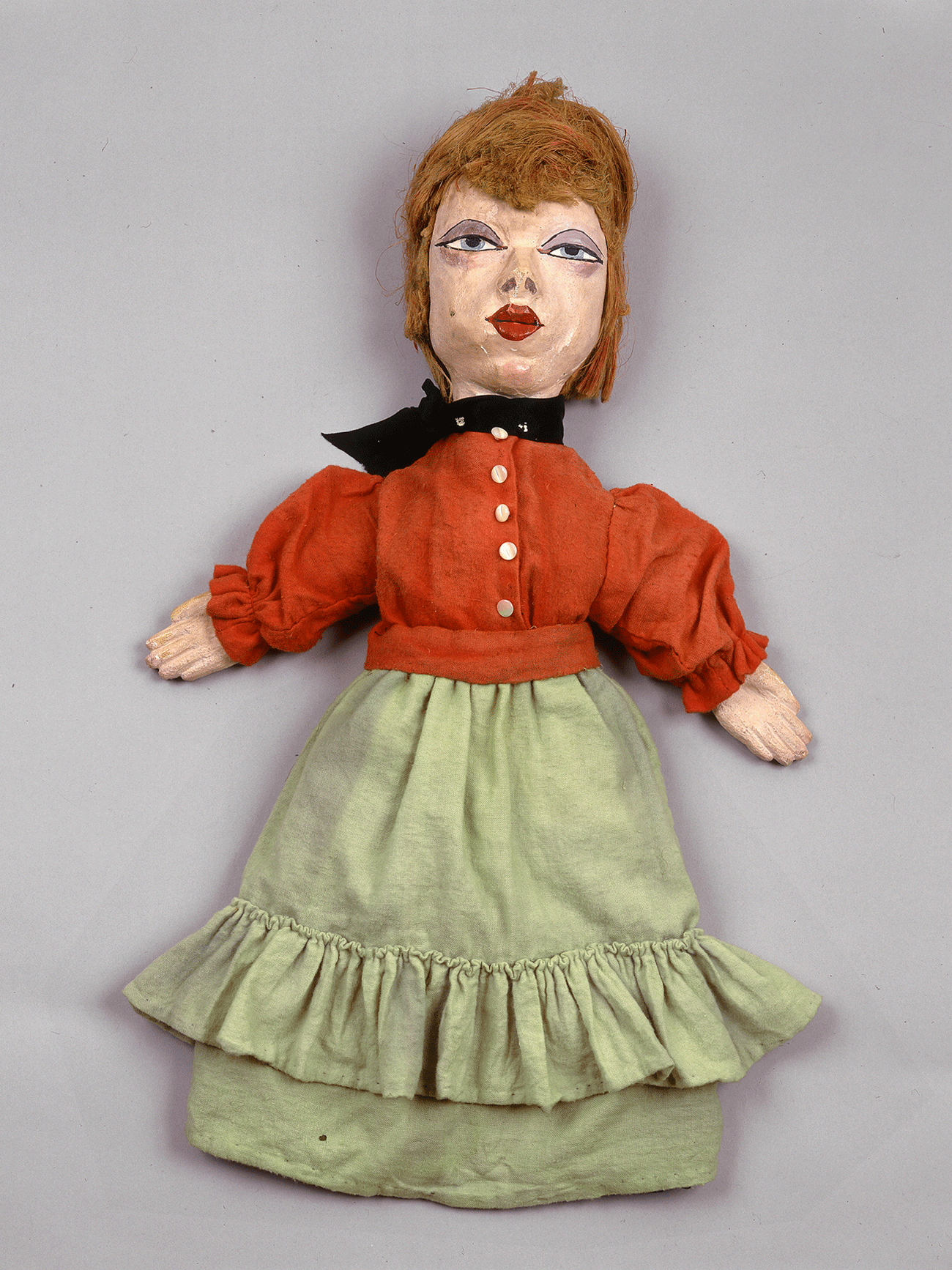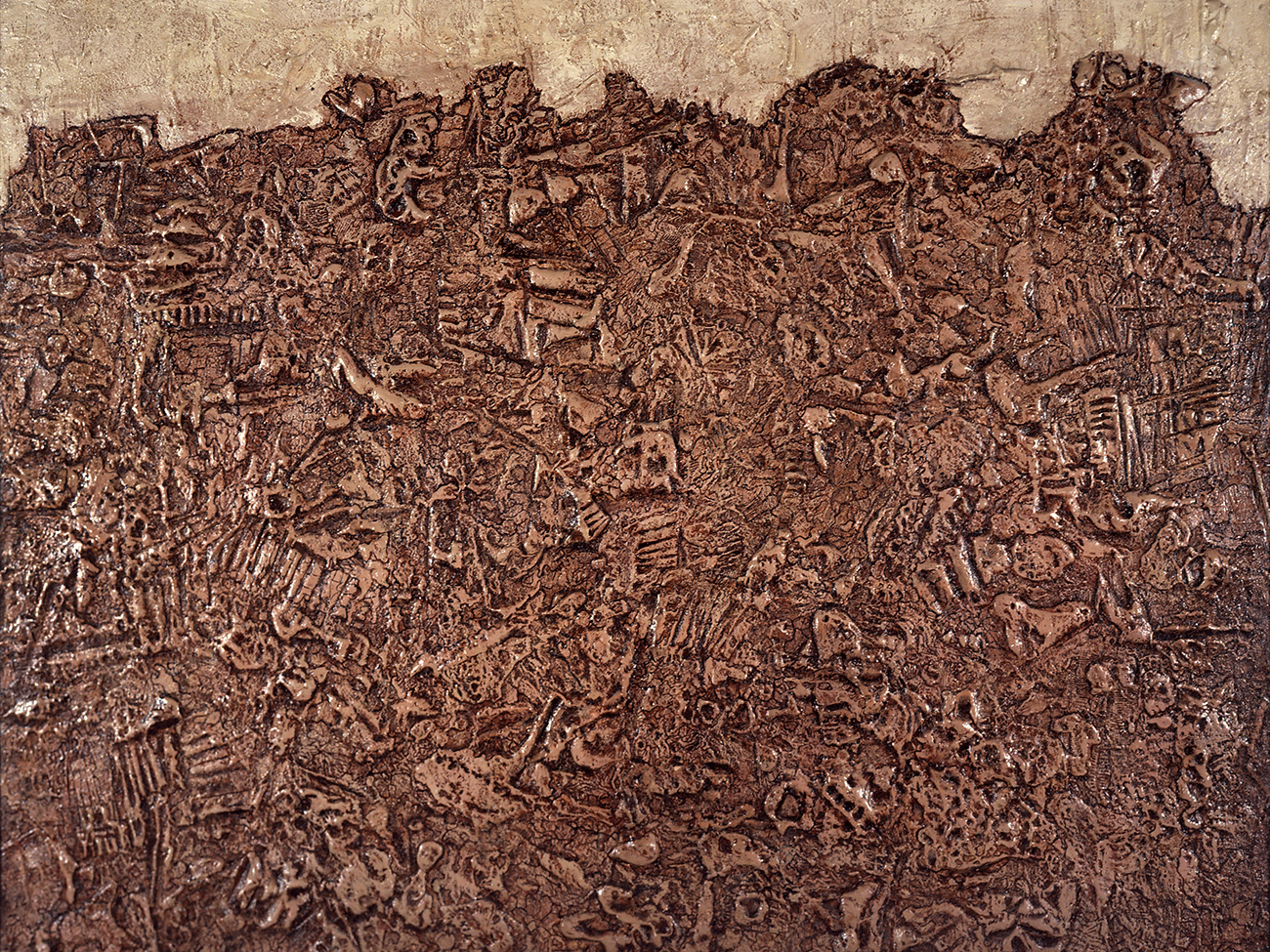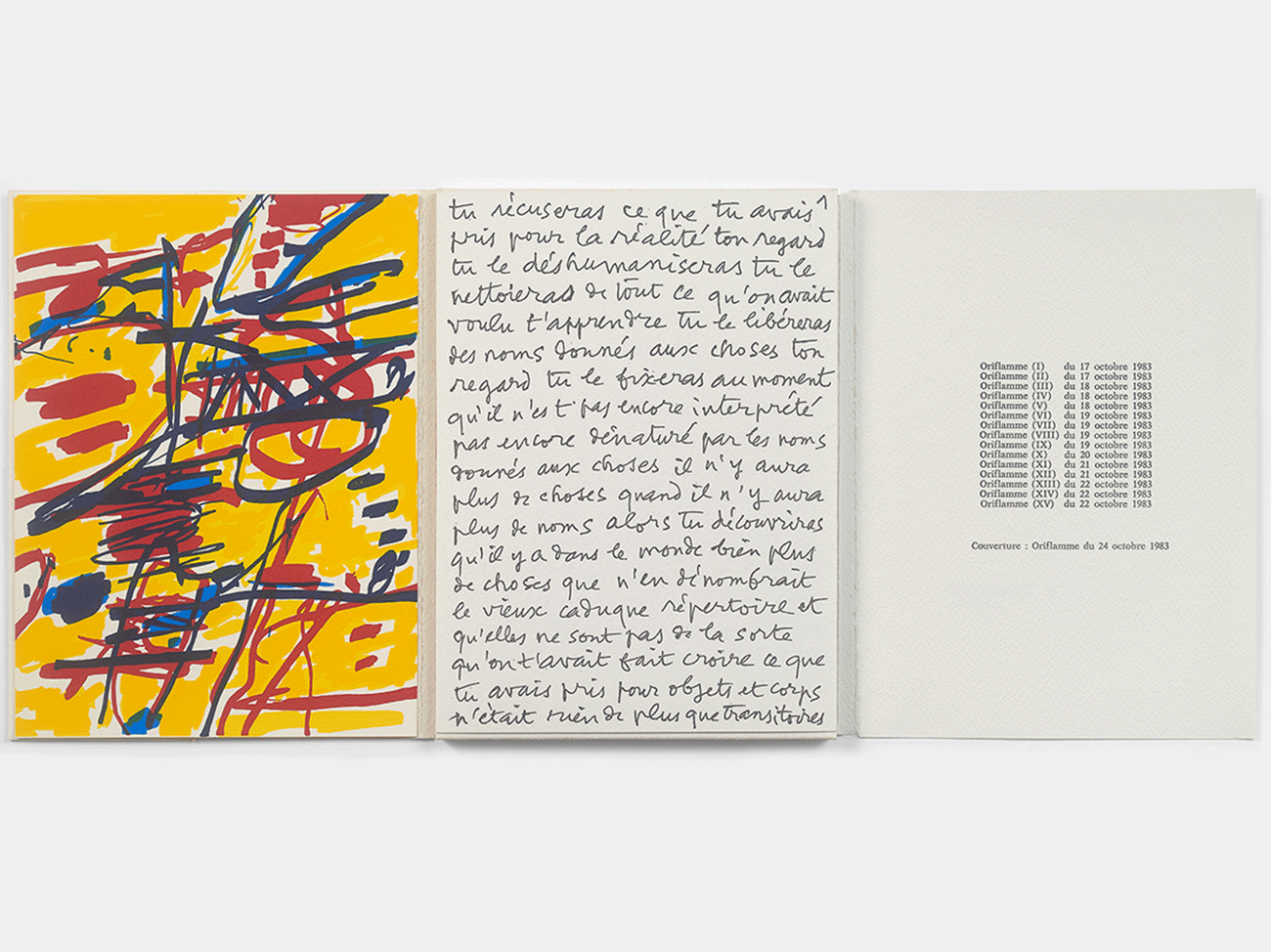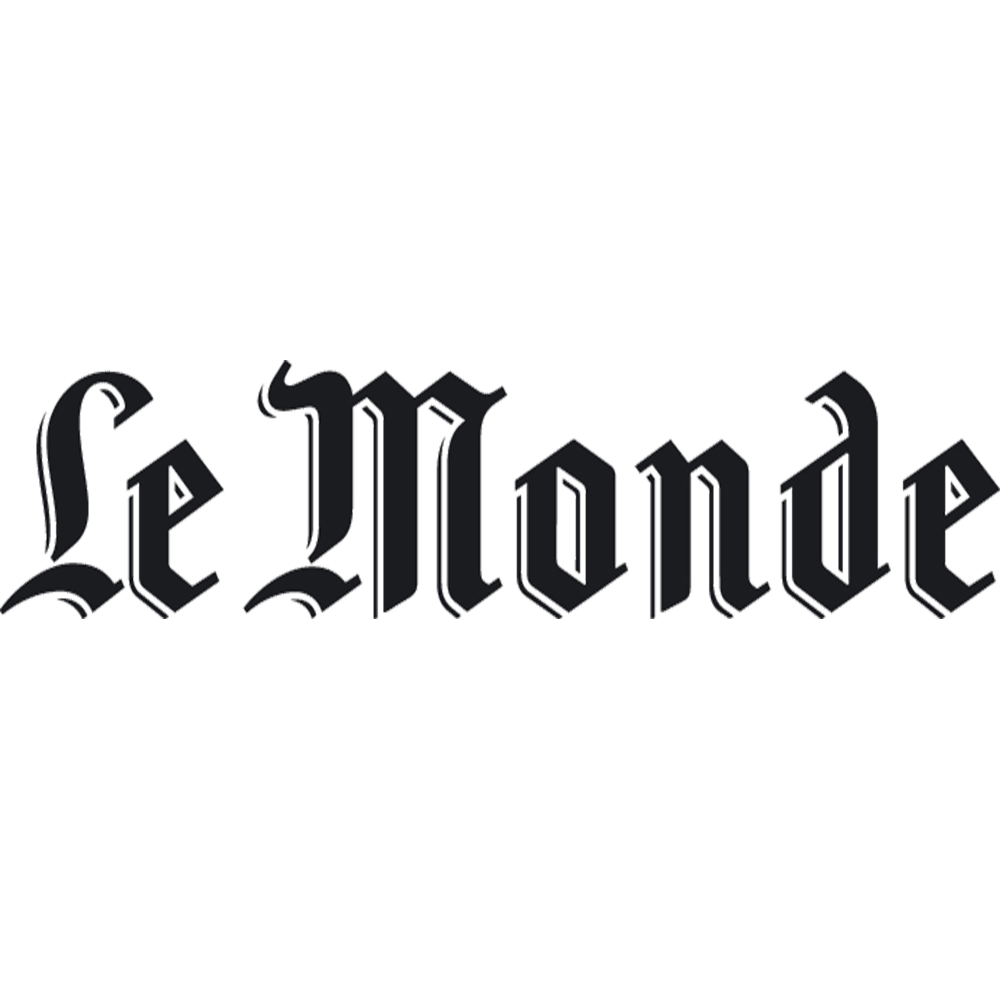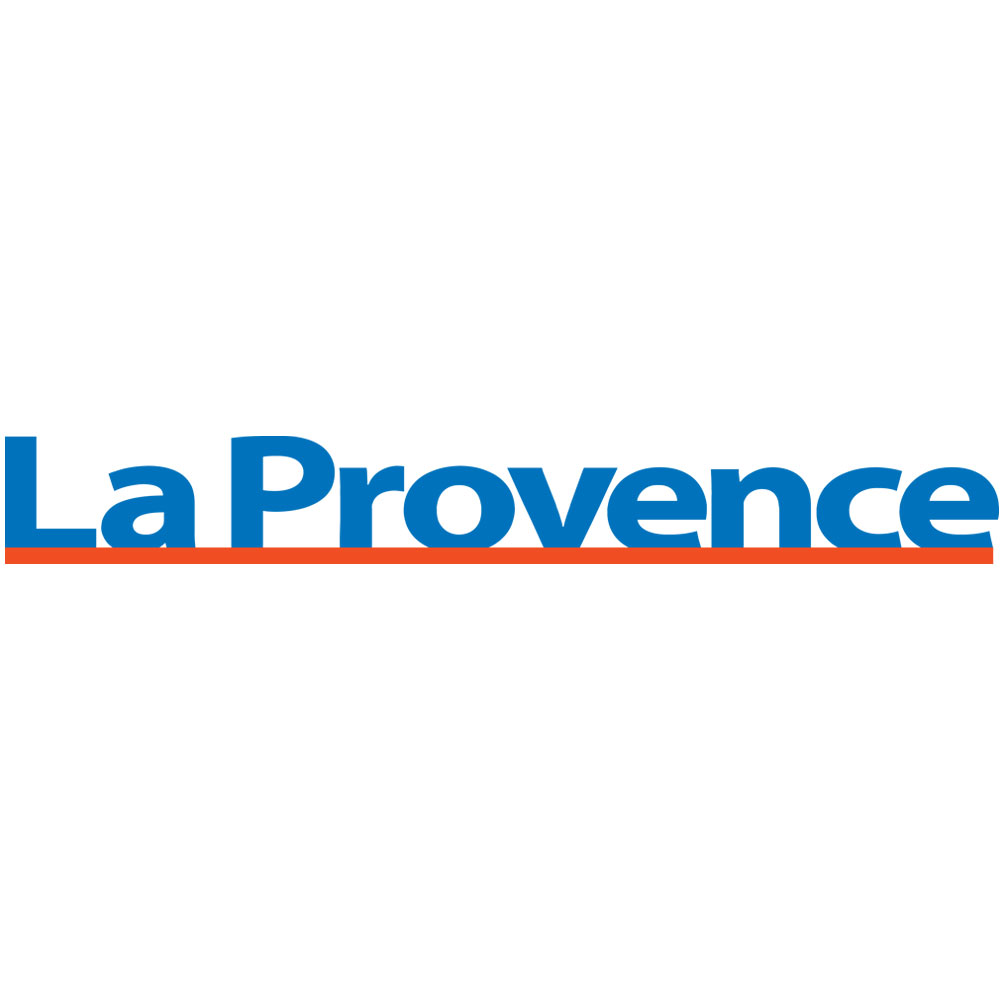Jean Dubuffet
A barbarian in Europe
À découvrir en ligne
|
From Wednesday 24 April 2019 to Monday 2 September 2019
Painter, writer, and inventor of "Art Brut", Jean Dubuffet was a major player on the art scene of the 20th century.
Painter, writer, and inventor of "Art Brut" (aka "Outsider Art"), Jean Dubuffet (1901-1985) was a major player on the art scene of the 20th century.
In the aftermath of the Second World War, this elusive and controversial artist brings into play a radical critique of the art and culture of his time, making ever renewing invention the pillar of creativity and thought. Borrowing from anthropology, folklore, and the field of psychiatry, he pursues the activity of decompartmentalization carried out by the avant-gardes of the inter-war period, blasts the belief in a supposedly primitive art, and opens up new pathways to creativity.
This exhibition shows how Jean Dubuffet interweaves into his painting and writing the research he devoted to what he called "Art Brut". It presents his artistic production in all its diversity, paying particular attention to showing the objects and documents resulting from the "prospections" (field surveys) that he organised by visiting ethnographic and folk art museums, as well as various collections dedicated to "the art of the mentally ill".
The exhibition "Jean Dubuffet, a barbarian in Europe" presents 290 works and objects from the largest French and European collections, including:
musée Rolin (Autun), Fondation Beyeler (Bâle), musée Unterlinden (Colmar), musée Barbier-Müller (Genève), Musée d'ethnographie de Genève, Sammlung Prinzhorn (Heidelberg), Louisiana Museum of Modern Art (Humlebæk), Collection de l'Art Brut (Lausanne), musée André Malraux (Le Havre), Musée de l'Abbaye Sainte-Croix - MASC (Les Sables d'Olonne), musée des Confluences (Lyon), musée Cantini (Marseille), Centre Pompidou / Musée national d'Art moderne (Paris), Fondation Dubuffet (Paris), musée des Arts décoratifs (Paris), musée du quai Branly - Jacques Chirac (Paris), Musée d'art moderne et contemporain de Saint-Etienne, LAM (Villeneuve d'Ascq).
It also presents over 30 objects preserved at the Mucem.
After its season at the Mucem in Marseille, the exhibition will then be presented at the IVAM (Institut Valencià d'Art Modern) in Valencia (from 8 October 2019 until 16 February 2020) and the Musée d'ethnographie de Genève (from 8 September 2020 ).
—Curation: Baptiste Brun Lecturer in history of contemporary art at Université Rennes 2,
author of Jean Dubuffet et la besogne de l'Art Brut (Jean Dubuffet and the labour of Art Brut), Dijon, les presses du réel, 2019
—Isabelle Marquette, Custodian for heritage
—Scenography: Atelier Maciej Fiszer
Exhibition designed and produced by the Mucem in a co-production with IVAM (Institut Valencià d’Art Modern) in Valencia and the Musée d’ethnographie de Genève
With the participation of the Fondation Dubuffet 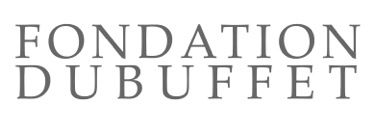
With the collaboration of the Collection de l’Art Brut Lausanne 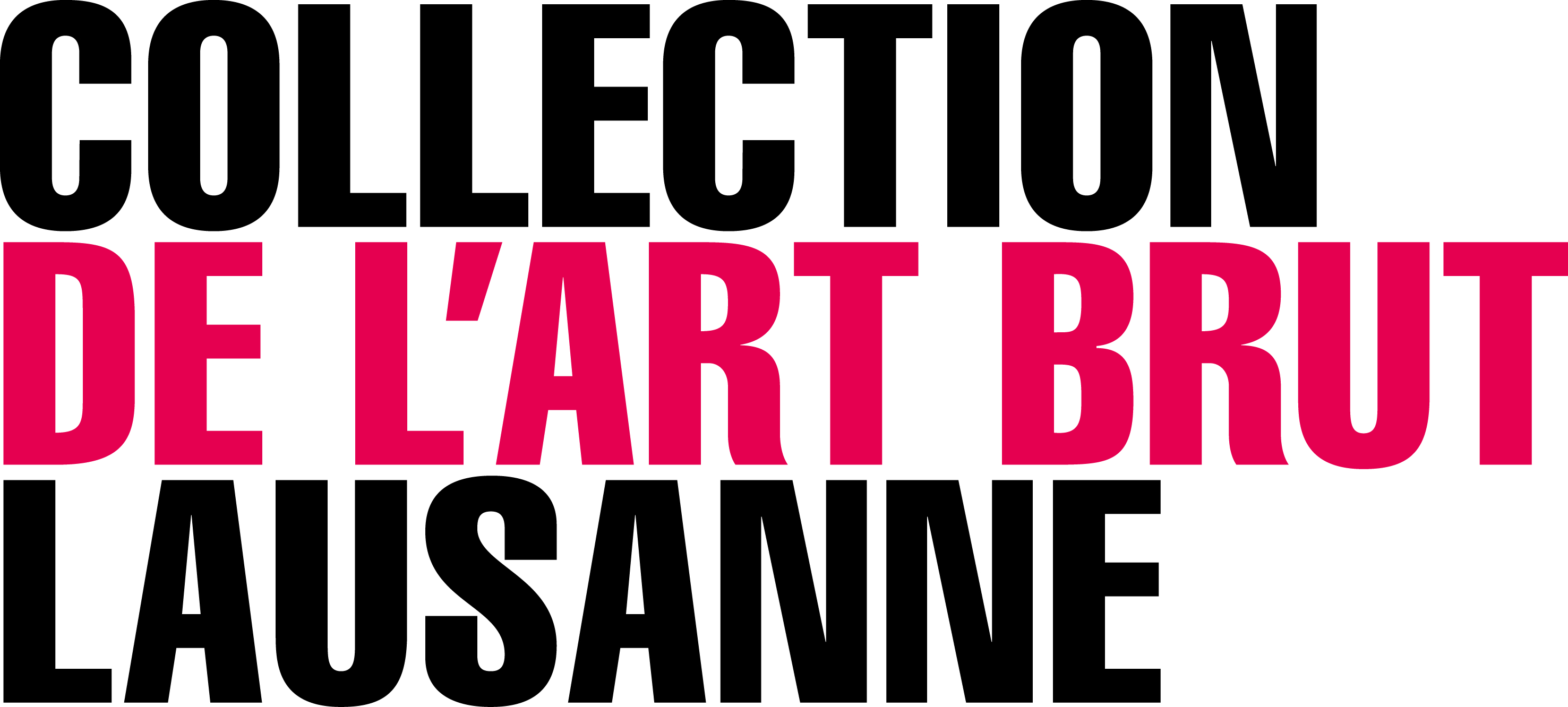
-
Interview with Baptiste Brun and Isabelle Marquette, exhibition curators
-
Mucem (M.) How ought one understand the title of the exhibition? Is Jean Dubuffet a "barbarian in Europe" for having swept away the dominant values of the time, or does this title also evoke his relation to cultures long supposed to be "primitive"?
Isabelle Marquette (I.M.) et Baptiste Brun (B.B.) Both! It is precisely because Dubuffet questions the values of Western culture of his time that the controversial term "barbarian" was chosen. This refers to a book by the poet Henri Michaux Un Barbare en Asie (A Barbarian in Asia), where he discovered that in a "barbaric" country, ie another culture, he was the "barbarian"; it is bid to relativize values similar to Dubuffet's approach. The two men admired their respective works.
On the other hand, Dubuffet is interested in non-Western cultures – long thought of as "primitive" – and in fact disputes the use of this qualifier. He refutes the concepts of both "primitive art" and "primitive culture". For him, there is no hierarchy in art, there is only invention. He considers that "primitive" is a European invention to colonize the world.In a museum like the Mucem, that questions the porous nature of cultures, it is interesting that this concept of "barbarian" that still prevails today, can be challenged in a new way. At a time when the issues of migrants and borders are hotly debated in Europe, this theme still seems highly relevant.
(M.) What is "Art Brut"?
(I.M.) et (B.B.) For Dubuffet, Art Brut concerns "works made by people unscathed by artistic culture". It is also a poetic designation, because "art" is the opposite of "raw". By this oxymoron, he reminds us that he is a writer, an inventor in language. Finally, as researcher Céline Delavaux explains, Art Brut is also Dubuffet's "fantasy": the fantasy of being able to create from one's own impulses without referring to anything else, namely pure creativity.
Art Brut is also a search. It is a search for objects, which he calls "works", a term that can cover writing, painting, sculpture, embroidery, assemblage – all kinds of things of great invention, that he will seek out via what he dubs "prospections", a word close to the vocabulary of ethnography. He will set up a large network of collector-scouts in the fields of psychiatry, folk arts, and ethnography, that will enable him to bring together what will become the Collection de l'Art Brut in Lausanne.(M.) How has this concept evolved since its "invention" by Dubuffet?
(I.M.) et (B.B.) The concept of Art Brut comes about in the summer of 1945 during a trip to Switzerland where Dubuffet visits the musée d'Ethnographie de Genève, as well as psychiatric hospitals. He is interested in everything that demonstrates artistic otherness. Where is a different art found? In Africa, in Oceania, in colonized countries, with children, in psychiatric circles, in prisons, in folk art, and in street graffiti!
Today, the term Art Brut is used too often to refer to everything related to creativity that is connected with pathology and mental deficiency, whereas Dubuffet had always wanted to avoid this. For him, there is no art specific to schizophrenia or Down's Syndrome. This is a contemporary simplification of the term; this is also about the market: madness has an added value! Dubuffet wanted to celebrate the uniqueness of invention. But the commercialization of Art Brut insists less on invention than on psychological and mental otherness, while also being the way station of a certain contemporary morbidity.
(M.) One of the particularities of this exhibition is how it mixes art and the Humanities ...
(I.M.) et (B.B.) We could have called the exhibition "Dubuffet, ethnographer", but did not want there to be any confusion. Dubuffet is above all an artist. He is neither an ethnographer, nor a historian, and much less an art critic. But like many artists of his generation, he is interested in literature, ethnography, philosophy, psychology, sociology, prehistory, ... All these disciplines compete, during the interwar period and beyond to redefine the limits of art. Dubuffet likes "quarreling" in the philosophical sense of the term; he likes to debate contemporary themes at the junction of art and the Humanities. And furthermore, he will go on to to divert some practices of the fields of ethnography and psychology to his prospections for Art Brut, as well as for his own work. In this sense, he is a precursor to the 1970s and 1980s that American writers like Hal Foster called "the ethnographic turn of art".
(M.) What surprised you most during your research for this exhibition?
(I.M.) et (B.B.) His manic passion. Dubuffet was very systematic in his research and work, he archived absolutely everything, and created a vast oeuvre: he was one of the most prolific artists of his time. And an equally prolific writer.
This mass of available archives allowed us to see a genuine coherence between his activities of writer, his activities of artist, and his prospections around Art Brut. Dubuffet has often been criticized for being immersed in contradiction, but what we forget to see is that in his case contradiction is a driving force, a movement that commits us to go beyond fixed positions. Hence this movement around the questioning of dominant values.(M.) What are the major works presented in the exhibition?
(I.M.) et (B.B.) It is difficult to answer because Dubuffet refused to establish a strict hierarchy in his work. We can nevertheless cite some important works such as Le Géologue (The Geologist), who shows a small figure on a landscape of stratigraphic layers, holding a small magnifying glass. It is a way to show that man is no longer at the center of the world.
We can also mention the work Le Métafizyx, which was lent to us by the Centre Pompidou / Musée national d'art moderne: a woman's body where the artist shows the inversion of values and genres, while twisting language. A sort of reversal of fairly iconoclastic polarities
(M.) After the Mucem, this exhibition will be presented in Valencia, then in Geneva. Proof that Dubuffet's ideas are still relevant?
(I.M.) et (B.B.) On the one hand, it is interesting to note that many young artists are now interested in the work of Dubuffet even though this was much less the case in the 1980s and 1990s. On the other hand, one can see in the exhibition catalogue which involved art historians, anthropologists, and philosophers, that this link between the arts and the Humanities is at the heart of the most recent research.
This exhibition at the Mucem is a way for us to evoke Dubuffet's relationship with the musée de l'Homme and the musée des Arts et Traditions populaires. As for the exhibition at the musée d'Ethnographie de Genève, it marks in a way a form of celebration of the decisive journey of Dubuffet to Switzerland, which we referred to above. It was 1945, almost 75 years ago!
The exhibition will be presented successively in a museum of civilizations, a museum of modern art, and a museum of ethnography. This summarizes well Dubuffet's transdisciplinary character. This openness was a driver for him to reflect on the world – not that he didn't risk doubting the validity of all values, oh the joyful nihilist that he was! This is also what it is shown the end of the exhibition.
Partners and sponsors
Sponsored by the Fondation PwC France et Afrique francophone, founding sponsor
In partnership with Connaissance des Arts, Le Monde, La Provence, Le Bonbon, OUI.sncf, Trois couleurs and France Info.
